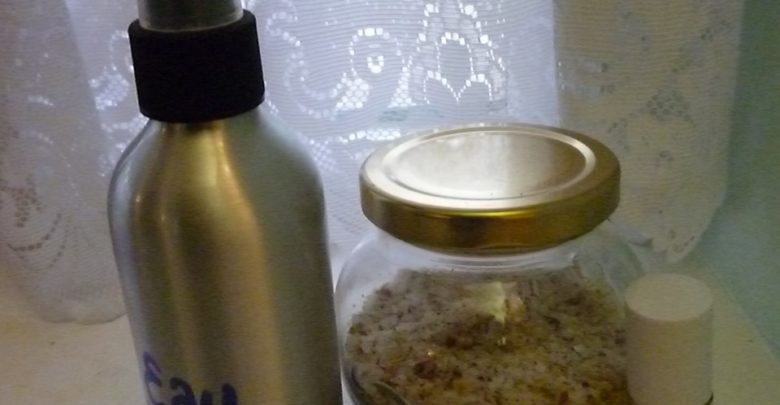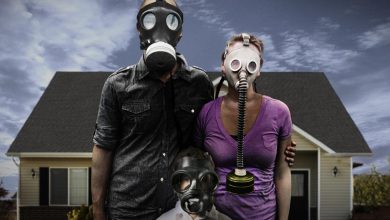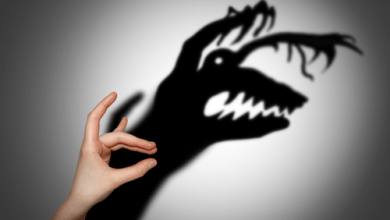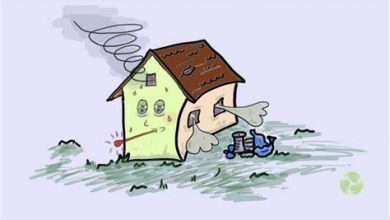Love Quota Beauty

Love Quota Beauty (LQB)is about creating our own definitions of what is beautiful. It is also about basing our beauty and our understanding of our beauty on taking care of our skin, around our eyes, on our body, hands and feet, including our hair.
Skin is an essential organ, it is the interface between all that we are and all that we are not. LQB says feed and care for it with the most basic and natural products with absolutely nothing added.
I will be placing all our information here at Alwareness1 in a series of articles and I hope later in the year to make some films.
Where else to begin but with The Skin?
Throughout life, our skin changes, it will keep changing. It regenerates approximately every 27 days. The best skin care will maintain it’s health and vitality and therefore your good looks. We would all be well advised through the course of life, to pay attention to all areas of the skin. To be familiar with it, to notice any changes as they occur.
Skin is the soft outer covering of vertebrates. The largest organ of the human body, it is made up of several components, including water, protein, lipids, minerals and chemicals. On average, skin weighs about (6lb) 2.7kg.
Our skin has a total area of about 6 metres (20 sq.ft), it protects from pathogens*1 and the elements, it regulates, purifies (send out/removes) and nourishes (takes in). Our skin helps regulate body temperature, absorbs vitamin D and permits the sensations of touch; heat and cold.
It is an essential and integral component of the body’s life support system. It has a remarkable form of photosynthesis which converts sunbeams into Vitamin D! It is the interface between our spiritual, emotional and biochemical internal world and a diverse and often indeterminate external world.
The skin is a biologic universe, incorporating all major support systems; blood, muscle and innervation as well as roles in immuno-competence, psycho-emotions, ultraviolet radiation sensing, endocrine function and more. The skins capacity as a sensor of the external has prompted the name “outside brain”.
This highly efficient, self-regulating/-sustaining system, like all our organs receives its nourishment through a network of blood vessels that carry oxygen and nutrients. Usually the outer layer is kept soft and supple with water, nutrients and lipids delivered from the middle layer. Any number of stressors can inhibit the body’s ability to nourish and repair itself.
Antioxidant and anti-inflammatory nutrition is critical for restoration and optimization of the skin as a whole. Specialized topical skincare2 can replace nutrients and fight damage
through their trans-dermal activity. Application of natural creams, oils and ointments will inhibit loss of moisture and lipids and support the “inside” process of renewal.
Skin has three*see below layers: The epidermis; the outermost layer, provides a waterproof barrier and creates our skin tone. The dermis; middle layer has tough connective tissue, hair follicles, and sweat glands. The hypodermis; lowest layer is made of fat and connective tissue. The skin’s colour is created by cells called melanocytes, located in the epidermis which produce the colouring pigment melanin.
The thickness of skin varies from the thinnest at 0.5mm thick, located under the eyes and around the eyelids; one of the first areas to show signs of ageing. To the skin on the palms and the soles of the feet, at 4mm, the thickest skin in the body.
What Is Skin?
Our skin is made up various layers of different thicknesses and densities.
Stratum corneum: The Outermost Layer contains dead skin cells from the epidermis.
Epidermis: The Outer Layer. This is the thinnest layer in your skin, responsible for protection from the environment. It has four layers: stratum germinativum, stratum spinosum, stratum granulosum and stratum lucidum. it hosts different types of cells: Keratinocytes produce the protein keratin, it’s main component. Melanocytes produce skin pigment, known as melanin. Langerhans cells prevent foreign substances from getting into your skin.
Dermis: The Middle Layer. This is the layer responsible for wrinkles. It is a complex combination of blood vessels, hair follicles and sebaceous (oil) glands. Collagen and elastin, proteins necessary for skin health support and give elasticity. Fibroblasts synthesize collagen and elastin. This layer contains nerves that sense pain, touch and temperature.
Subcutis: The Skin’s Fatty Layer. Reduction of tissue in this layer causes skin to sag and wrinkle. This layer hosts sweat glands, fat and collagen cells. It is responsible for conserving the body’s heat and protecting vital inner organs.
Collagen: is the most abundant protein in the skin, making up 75% of the organ. It wards off wrinkles and fine lines. Over time, environmental factors and aging diminish the body’s ability to produce collagen and can break down existing collagen.
Elastin: is responsible for giving structure and support to skin and organs. It is also affected by time and the elements. Diminished levels cause skin to wrinkle and sag.
Keratin: is the strongest protein in your skin. Dominant in hair and nails it forms rigidity.




